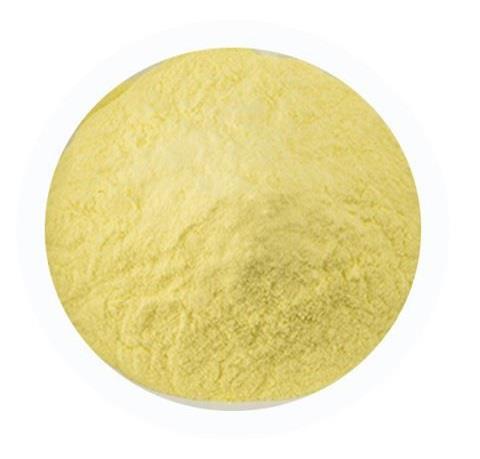Professional manufacture high pressure jet micro pulverizing system
Time:2023-11-29
A high pressure jet micro pulverizing system typically consists of several key components designed to efficiently break down materials into smaller particles,including high-pressure jet nozzle,pulverization chamber,material feed system,high-pressure pump,control system,particle collection system,cooling system,safety features,ect.
High-pressure jet nozzle is a critical component that generates a high-velocity jet of fluid or gas.The pressure is typically very high, and the nozzle design is crucial for achieving the desired pulverization.
Pulverization chamber is where the material to be pulverized is introduced.The high-pressure jet is directed into this chamber to impact and break down the material into smaller particles.
Material feed system is responsible for introducing the raw material into the pulverization chamber.It may involve a feeder mechanism to control the flow rate of material.
To generate the required pressure for the jet, a high-pressure pump is used.This pump pressurizes the fluid or gas that will be expelled through the jet nozzle.
An electronic control system is often used to monitor and regulate various parameters such as pressure, flow rate, and other operating conditions.This ensures optimal performance and safety.
After the pulverization process, particle collection system is needed to collect the resulting particles. This may involve a cyclone separator, bag filter, or other particle collection mechanisms.
The high-pressure jet process can generate heat, so a cooling system may be incorporated to maintain optimal operating temperatures and prevent overheating.
Given the high pressures involved, safety features such as pressure relief valves and emergency shutdown systems are often included to prevent accidents and ensure operator safety.
Materials used in the construction of high pressure jet micro pulverizing system may vary depending on factors such as the type of material being processed, the required durability, and compatibility with the operating conditions.Common materials include stainless steel, hardened alloys, and other materials capable of withstanding high pressures and abrasion.Specific designs and components can vary among different manufacturers and applications.


 CN
CN





